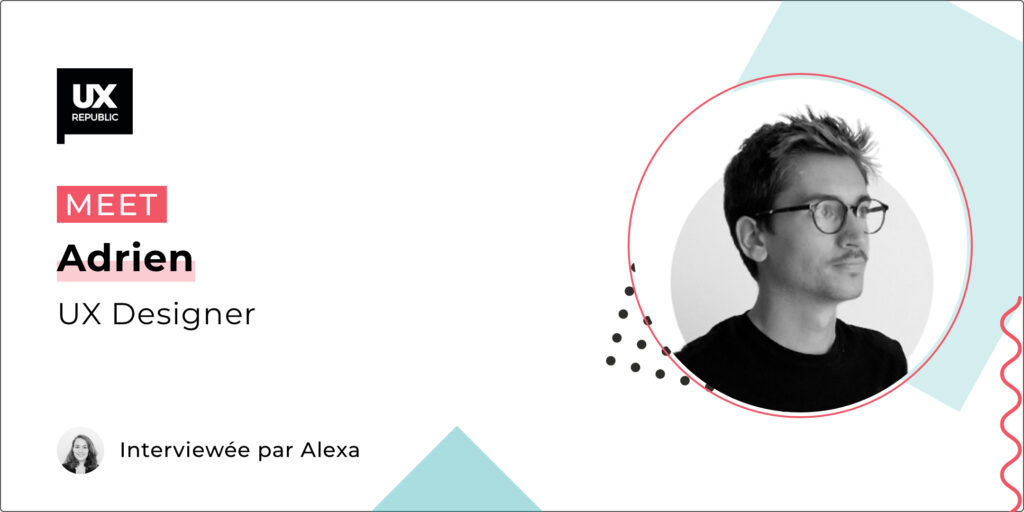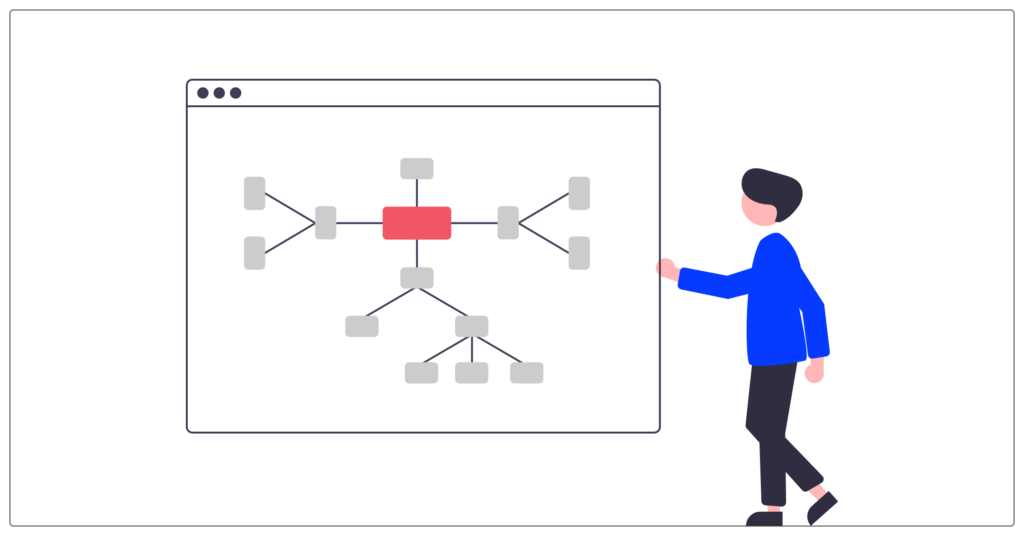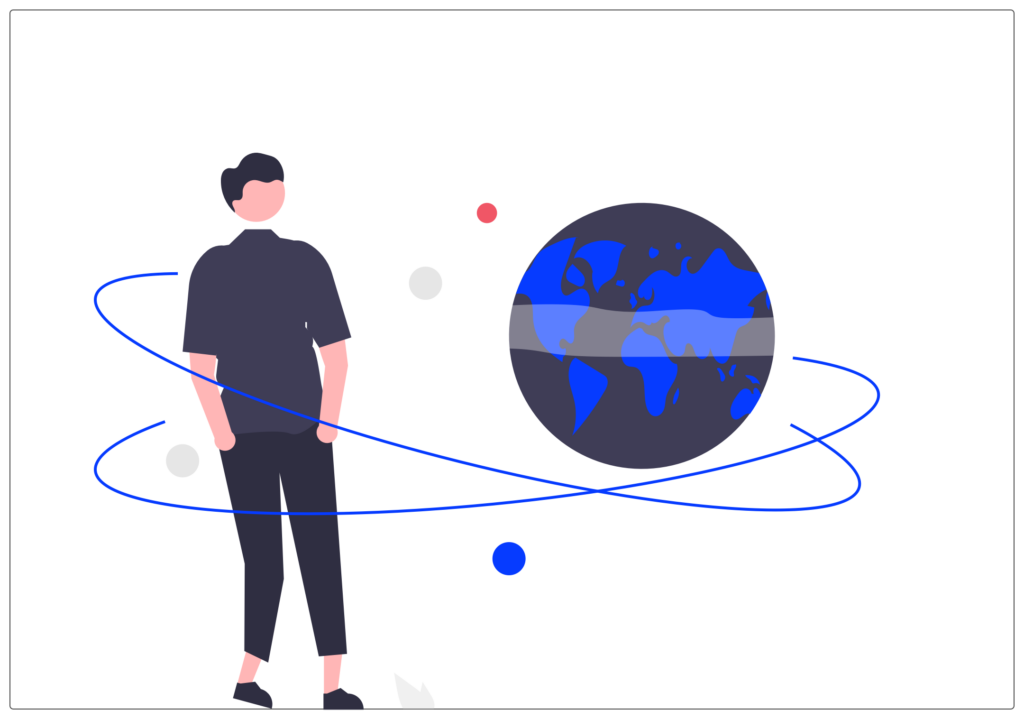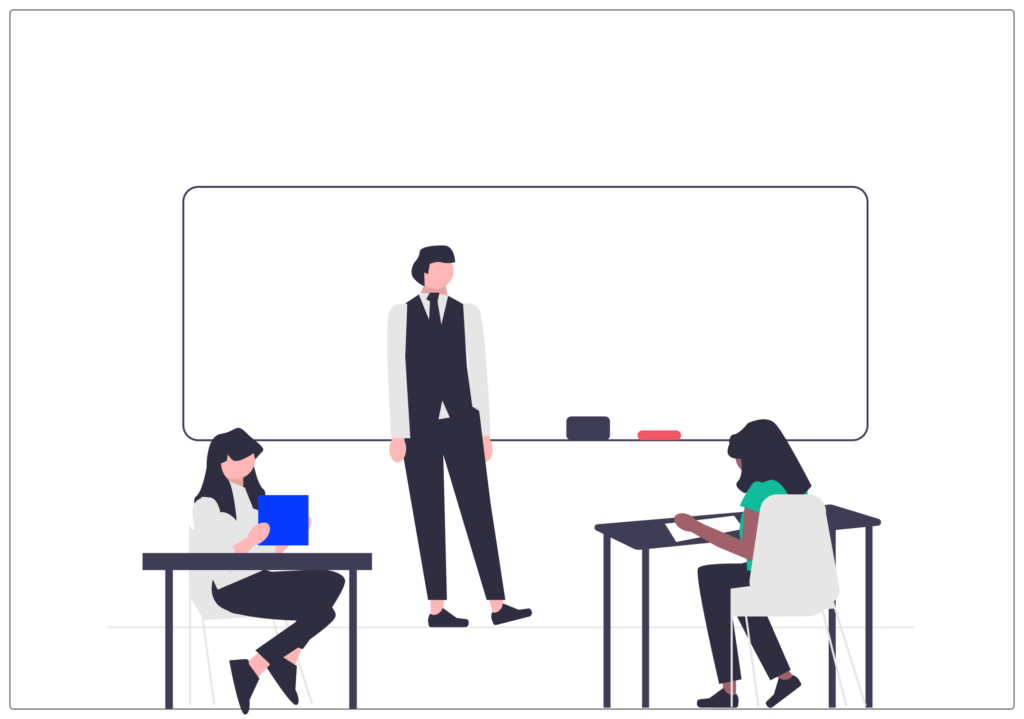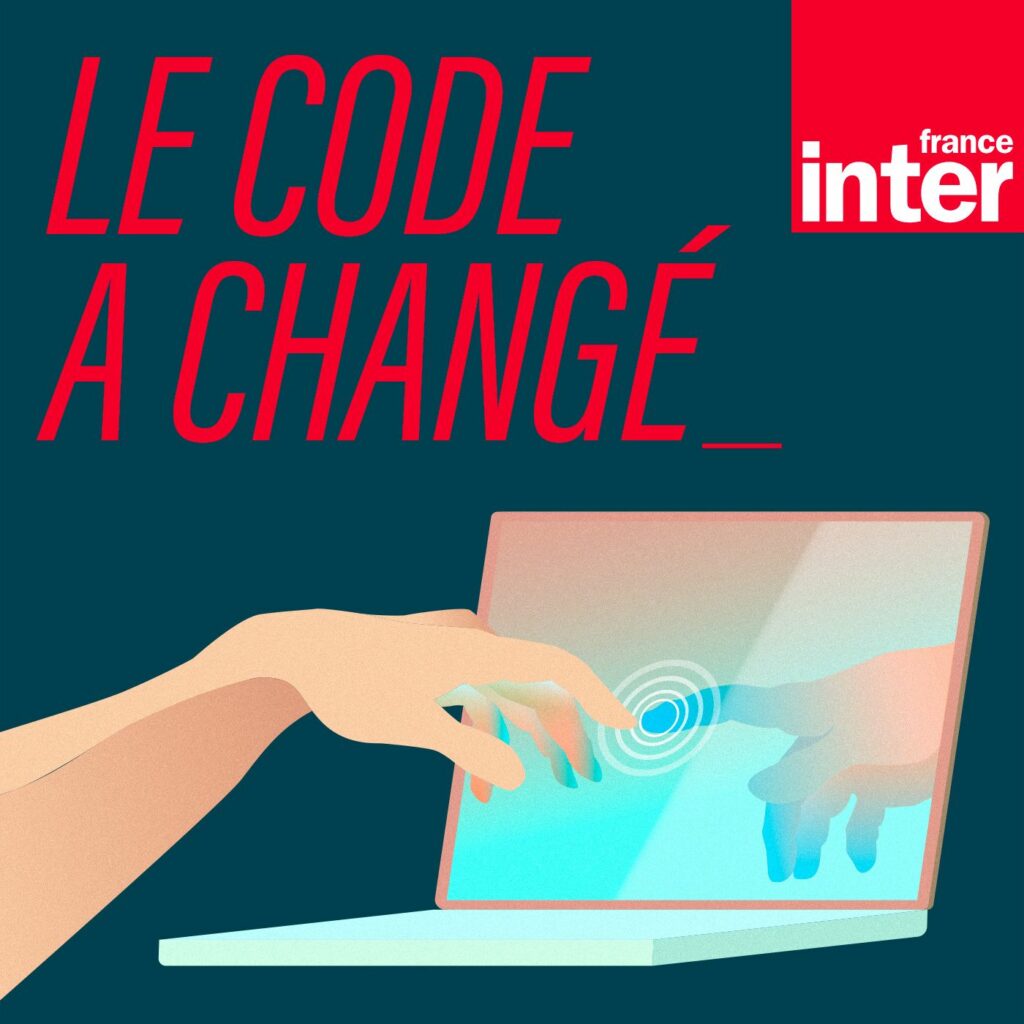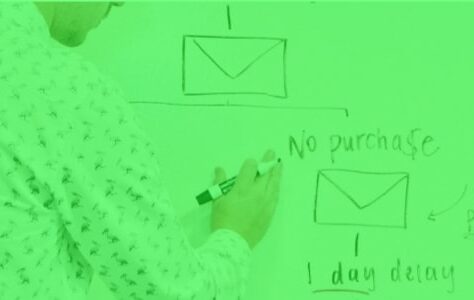Today, you will discover the portrait of Adrien. A young man curious about everything, calm and who has many passions! During our exchange, I discovered his atypical profile, a scientific designer who likes to dig into subjects and link the knowledge he possesses together.
Hello Adrien, can you introduce yourself in a few words?
I arrived at UX Republic three years ago as a UX Designer. Since the beginning of 2022, I have also been a trainer at the UX Republic training center.
What was your study path to become a UX Designer?
I passed a scientific baccalaureate, engineering sciences with an applied arts option. Following this baccalaureate, I did a DUT in materials science and engineering, again with an option in applied arts. In the morning I studied materials and in the afternoon I did applied art. We regularly had projects in common where we built technologically viable products, with advanced concepts.
I wanted to push on the concept part so I continued my career on a professional license alternating in product design and packaging.
I did my work-study program at the “Entreautre” agency, where I started making industrial products and small editions of objects.
After this experience, I was interested in going further in the creative part and towards the user. As a result, I passed a Higher Diploma of Applied Arts (DSAA) in product design with an option in interaction design.
You like options 🙂
Yes 🙂 each time there is an option and often the only one offered in France! For example, this DSAA is the only one to be alternating.
I worked for a company specializing in the marketing of furniture where I had to design kitchen and bathroom accessories and elements (fronts, basins). So very product oriented. And in my DSAA, I was doing interactive products so I was starting to work with UX-UI. We did joint projects.
So, at the end of your studies, you had still touched very little on the UX-UI?
At that time, I had seen it a bit during my DSAA, but afterwards we were working on the design department in general.
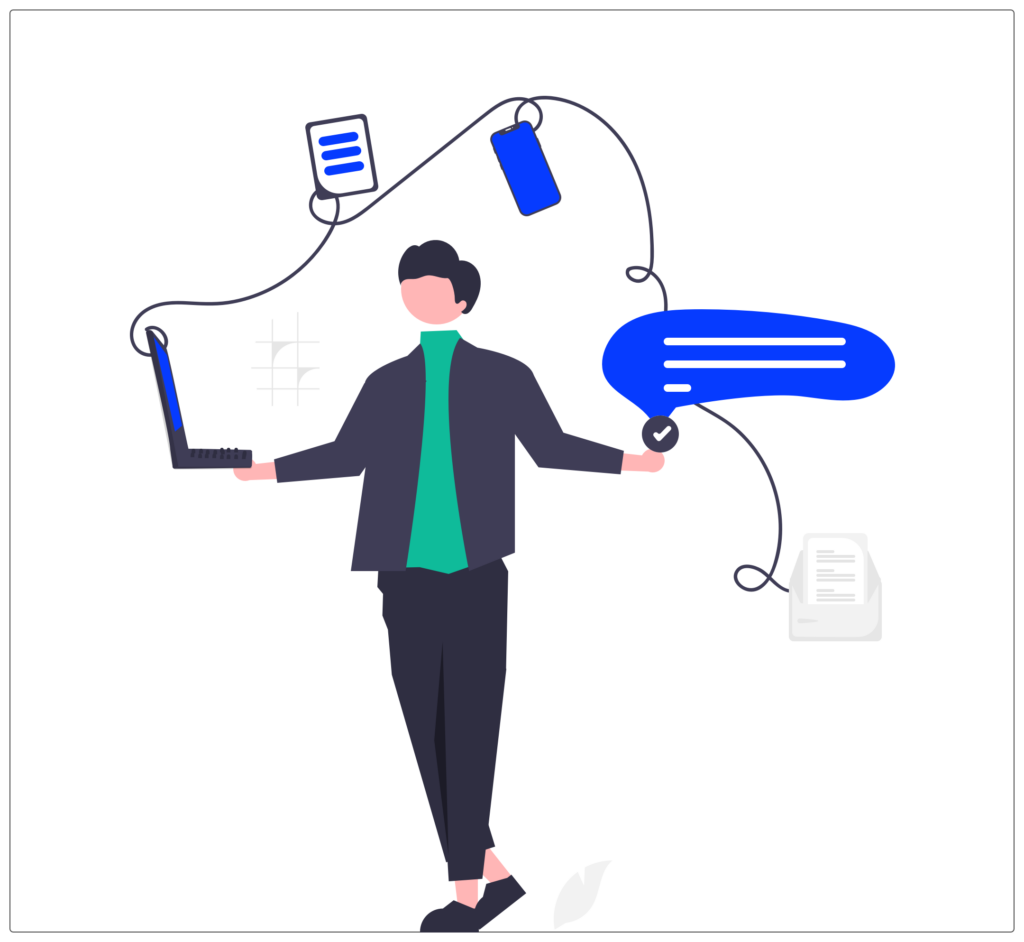
What path did you take when you entered the world of work?
I worked as a freelancer (where I did my apprenticeship) and for a service design agency called Nod-A. I was doing workshops for companies in Lyon mainly and often design sprints. I had the role of facilitator and UX designer.
After this freelance period, I met people from a French telecommunications company who were interested in my hybrid profile for a position in Paris. The mission was as much on the IOT side as on the object side. So I designed phones and packaging. And at the same time, I facilitated ideation workshops. After two years, I wanted to see lots of things and not stay in one company. I liked the consulting side so I arrived at UX Republic.
What missions have you been entrusted with at UX Republic since your arrival?
I worked on different missions.
I started with an assignment for Publicis where I worked for a French car manufacturer with the collaboration of Relax Media.
It was a curious and interesting project because I was surrounded by people who built cars, people who produced journalistic content and people at Publicis who managed the digital experience. Then I worked for an international company specializing in tobacco products. I liked the scope of the company less, which bothered me a little, but I liked the mission a lot.
My goal was to help them with process mapping. I worked with logistics teams directly.
My mission in a resource management company for communities and industries lasted two and a half years. I joined an innovation lab under construction within a team of 3 people (the lab manager, a work-study data scientist and myself). There was everything to do and, as the team grew. Then there were takeovers, a change of strategy and so the lab also changed its identity.
What was your role in this organization?
I accompanied them on the initiatives of digital products: going to collect the need, doing the workshops and creating the first models. At first, we were regional project accelerators. We were a national entity that went to the regions to dig into the need and see if after the project could be launched internally. Afterwards, we worked for the national part with much more specific needs.
So, have you worked on a wide variety of issues?
Yes, I was a designer to do everything and that's what I liked, the fact of being transversal.
Next, where did the wind take you?
I moved into a game development, publishing and distribution company in June. I am working on the creation of an internal site accessible to employees. The mission touches on many things, including strategy. And this is the first time I have had such a wide scope, internationally. It's a real springboard because I'm leading international workshops for the first time.
It's not something that I had identified at the base but I realized that it had its importance. In the community and industrial resource management company, I worked on ecological issues, which I am sensitive to, that motivated me. So, to answer your question, I would say work for the environment or for the social side. But it is true that these are problems that can be found everywhere. For example, in the game development, publishing and distribution business, there are a lot of collaborators and very strong communication challenges between studios. I tell myself that the intranet I work on will allow them to access all the resources, help and tools. So I find my account there by working for the well-being of the employees of a company.
At UX Republic, as you told us at the beginning of our exchange, you are part of the group of trainers at the training center.
What made you want to become a trainer?
I did it to evolve on the basis of the theoretical part. The role of trainer allowed me to upgrade myself on notions where I had the practice but not the theory. I was missing the story and the why. Today, it helps me a lot to present methods and be a teacher with the people I work with.
Can you tell us more about the typical course of a training?
In parallel with the theoretical part, we carry out a common thread project with the participants. So we have the role of trainer but at the same time we guide them on a fictitious project that allows them to experiment with the subject.
What do you like the most in your daily life?
I have always liked to visualize or make complexity visible. Moreover, it is the sentence that marked the person with whom I spent my interview in the company of management of the resources of the communities and industries! I love digging into a subject and then representing it simply and making it tangible for other people to understand. This is really what I like and motivates me in the profession.
Adrien, we've almost finished our little exchange. Before we leave, I would like to ask you a few quick questions:
The first question, if you had to choose between: UX Design, UI Design or User Research?
I love being transverse, so I'm going to have a hard time choosing. Moreover, in my current mission, I am really cataloged as a UX Designer and I often want to dig and see the other poles. Suddenly, I would choose UX because, in my opinion, it is the most transverse . You are between User Research and UI design.
You told me that you self-trained in Sketch and Figma, do you have a favorite tool?
Figma without hesitation. It is complete and pleasant to use.
Music or no music when you work?
I have my musical phases. I've always loved music, I was a musician so I like it. Everything will depend on the phase in which I find myself in the mission.
Sometimes I'm going to need to write things so I'm going to need background sound. Whereas sometimes, during the UI phase for example, I will listen to a podcast.
Do you have a podcast to recommend to us?
I often listen to the podcast produced by France Inter “The code has changed” by Xavier de La Porte, moreover I really like what this journalist does.
I also listen to a lot of FloodCasts, which bring together people from the world of Youtube, former Studio Bagel people who do sketches with people who do stand-up, comedians, actors, video game streamers.
I also like to listen to podcasts on police affairs and personal development.
A book, a film or a documentary on digital that marked you and that you would recommend?
I recently saw the last season of “Love, Death and Robots” on Netflix, which I think is just crazy. I find the same effect as Black Mirror, with these underlying subjects that make us think. And sometimes it's also visual slaps!
Do you have a designer or a designer collective that you follow on social networks?
My favorite artist, who I find inspiring, is Tomás Saraceno. Moreover, there is an episode on him in “The code has changed”. He is an artist who works a lot with the scientific world. He has several ideas in these projects; he talks about the concept of the Aerocene. It starts from the postulate that the Earth is mainly air and that the new human era must populate this space there. He will therefore look for ways to occupy this space. He is also an artist who works with MIT and who wondered how to model a spider web structure. He realized that it had never been done and so he questioned a lot of things about how you portray a spider. I think his work is beautiful and deep, it's very interesting.
Adrian, we're done! Thank you again for our discussion! Do you want to add something that we haven't covered?
Not especially, I think we saw a lot of subjects. There are so many things we could still say but I think we have covered the essentials!
If you want, we can do a second part to talk about all your passions!
We can 😉
Image sources: https://undraw.co/illustrations
Alexa Cuellar, UX Designer @UX-Republic
Our next trainings
DIGITAL ACCESSIBILITY AWARENESS #Paris
SMILE Paris
163 quay of Doctor Dervaux 92600 Asnières-sur-Seine
DIGITAL ACCESSIBILITY AWARENESS #Belgium
UX-REPUBLIC Belgium
12 avenue de Broqueville - 1150 Woluwe-Saint-Pierre
ACCESSIBLE UX/UI DESIGN # Paris
SMILE Paris
163 quay of Doctor Dervaux 92600 Asnières-sur-Seine
AWARENESS OF DIGITAL ECO-DESIGN # Belgium
UX-REPUBLIC Belgium
12 avenue de Broqueville - 1150 Woluwe-Saint-Pierre
STORYTELLING: THE ART OF CONVINCING # Paris
SMILE Paris
163 quay of Doctor Dervaux 92600 Asnières-sur-Seine
UX/UI ECO-DESIGN # Paris
SMILE Paris
163 quay of Doctor Dervaux 92600 Asnières-sur-Seine
DESIGN THINKING: CREATING INNOVATION # Belgium
UX-REPUBLIC Belgium
12 avenue de Broqueville - 1150 Woluwe-Saint-Pierre
MANAGING AND MEASURING UX # Paris
SMILE Paris
163 quay of Doctor Dervaux 92600 Asnières-sur-Seine
DESIGN SPRINT: INITIATION & FACILITATION # Paris
SMILE Paris
163 quay of Doctor Dervaux 92600 Asnières-sur-Seine
